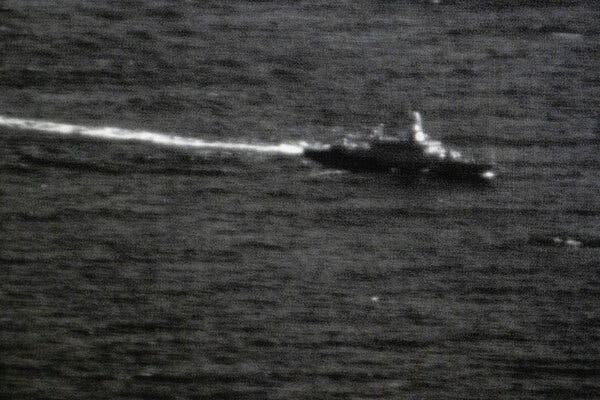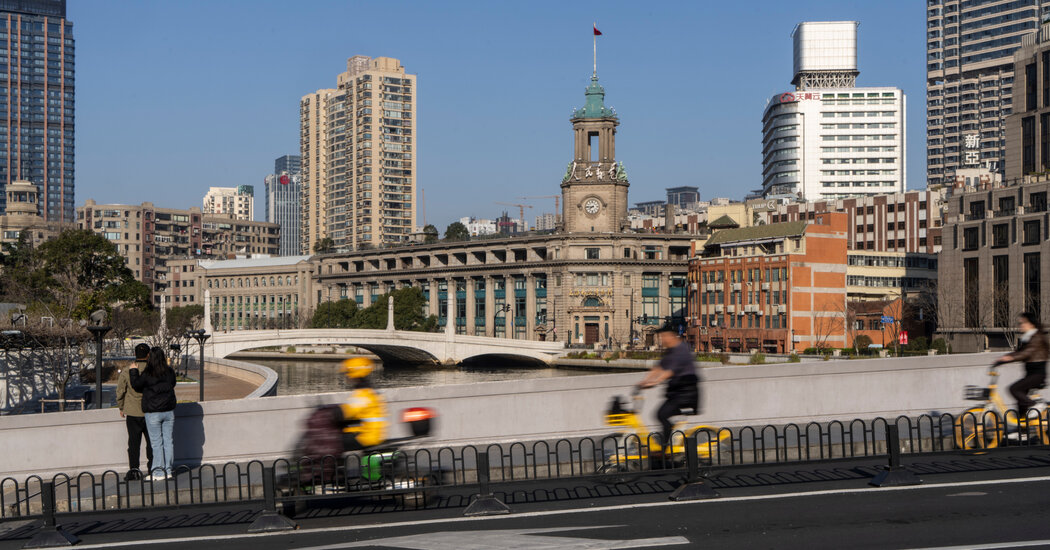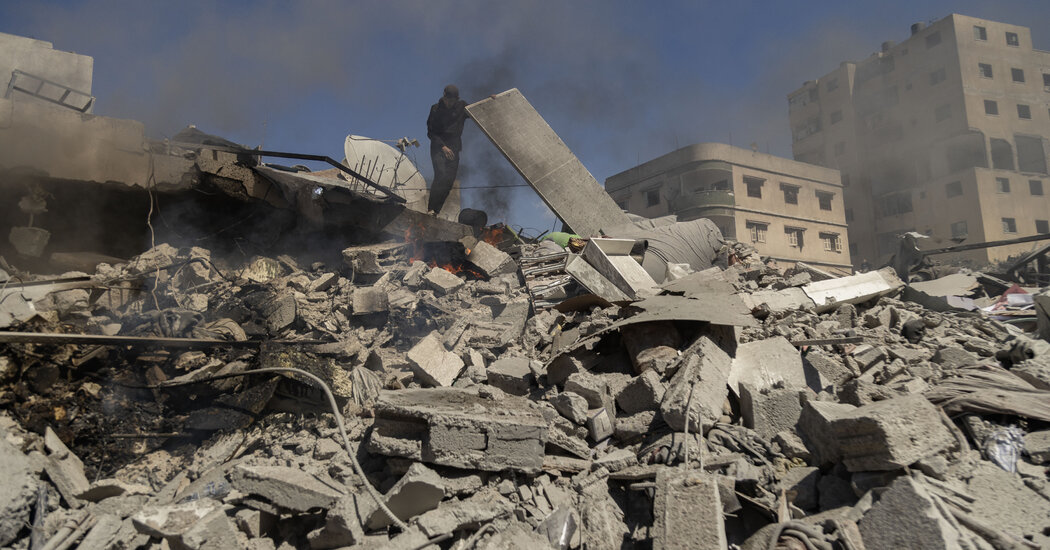Intense Patrol Over the Baltic Sea

The French naval patrol aircraft, an Atlantique 2, sliced through the overcast skies, its descent rapid as it broke through the clouds. It leveled off at a mere 900 feet above the choppy waters of the Baltic Sea, skimming just above the waves. In its sights was a Russian warship, starkly visible against the muted gray backdrop of the horizon, a dark silhouette cutting through the dull expanse.
Designed primarily for anti-submarine warfare and the tracking of hostile naval assets, the Atlantique 2 on this mission carried no torpedoes. Instead, it was equipped with a high-resolution camera and an array of advanced surveillance instruments, emphasizing its role as an observer rather than a combatant. The mission’s objective was clear: to monitor activities and ensure that the presence of French forces was unmistakably felt.
“Our task is to demonstrate our presence,” stated Lieutenant Commander Romain, a key member of the flight crew, embodying the spirit of vigilance that defines military operations in this fraught region.
The Baltic Sea, never entirely calm, has evolved into a hotspot of military tension amid the ongoing clash between Moscow and the West. During the course of the patrol, Russian forces attempted to disrupt the plane’s navigation by jamming its GPS signals. At one harrowing moment, another Russian warship locked onto the aircraft with its radar, signaling an ominous warning that it could engage if deemed necessary. Below, the waters revealed the presence of additional Russian naval vessels and even a submarine, hinting at the heightened military activity in the area.
However, the primary impetus behind the French patrol was rooted beneath the surface. Over the past eighteen months, three separate incidents involving commercial ships have raised alarms, as they are suspected of damaging vital undersea communications cables and a gas pipeline in the Baltic Sea. European officials are increasingly concerned that these incidents may not have been mere accidents but rather acts of sabotage, with the Kremlin viewed as the primary suspect. Unfortunately, substantiating these claims with concrete evidence has proven to be an elusive challenge.
A Russian naval ship prominently displayed on the monitor of the Atlantique 2 serves as a stark reminder of the ongoing tensions and the precarious balance of power in this strategically significant region.




